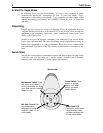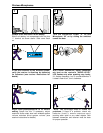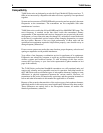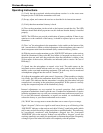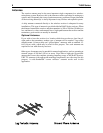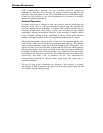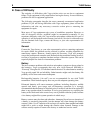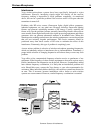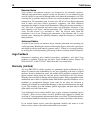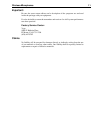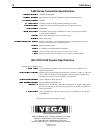
UHF communications antennas are also sometimes used for specialized
requirements. However, such antennas are usually narrow band and must be
modified to function properly in the 494 to 608 MHz and 614 to 806 MHz ranges.
Contact the Vega factory or your sales representative for assistance in selecting
antennas for unusual applications.
Antenna Placement
No matter what type of antenna is used, care must be used in positioning and
mounting. In all cases, a clear and unobstructed line-of-sight path between the
receiving antenna and the transmitter is required. The receiving antenna may be
concealed behind fabric, thin plastic, acoustic tile, and thin plywood without
significantly affecting performance. However, close proximity to metallic objects
such as furniture, lighting fixtures, scaffolding, electrical cables, metal structural
members, aluminum window frames, and equipment cabinets must be avoided.
Whip and dipole antennas require at least a 5-inch (0.13-m) minimum spacing from
metal surfaces. Other types of antennas may require greater spacings. The radiation
pattern of these antennas is much larger than the antenna itself. Consequently, even
objects well off to one side of the line-of-sight path can distort the antenna pattern,
affecting performance. Also often overlooked are the effects of using metal brackets
for physical mounting of the receiving antenna. Vega's magnetic-mount and ground-
plane antennas are designed to mount on a flat metal plate and on an antenna mast,
respectively, but many types of antennas are not. The manufacturer's
recommendations should be followed when using Yagis and other types of
specialized antennas.
The use of long cables connecting the antenna to the receiver is strongly
discouraged. At UHF frequencies, the signal loss in the cable rapidly builds up and
can seriously degrade operating range.
Wireless-Microphones 7




